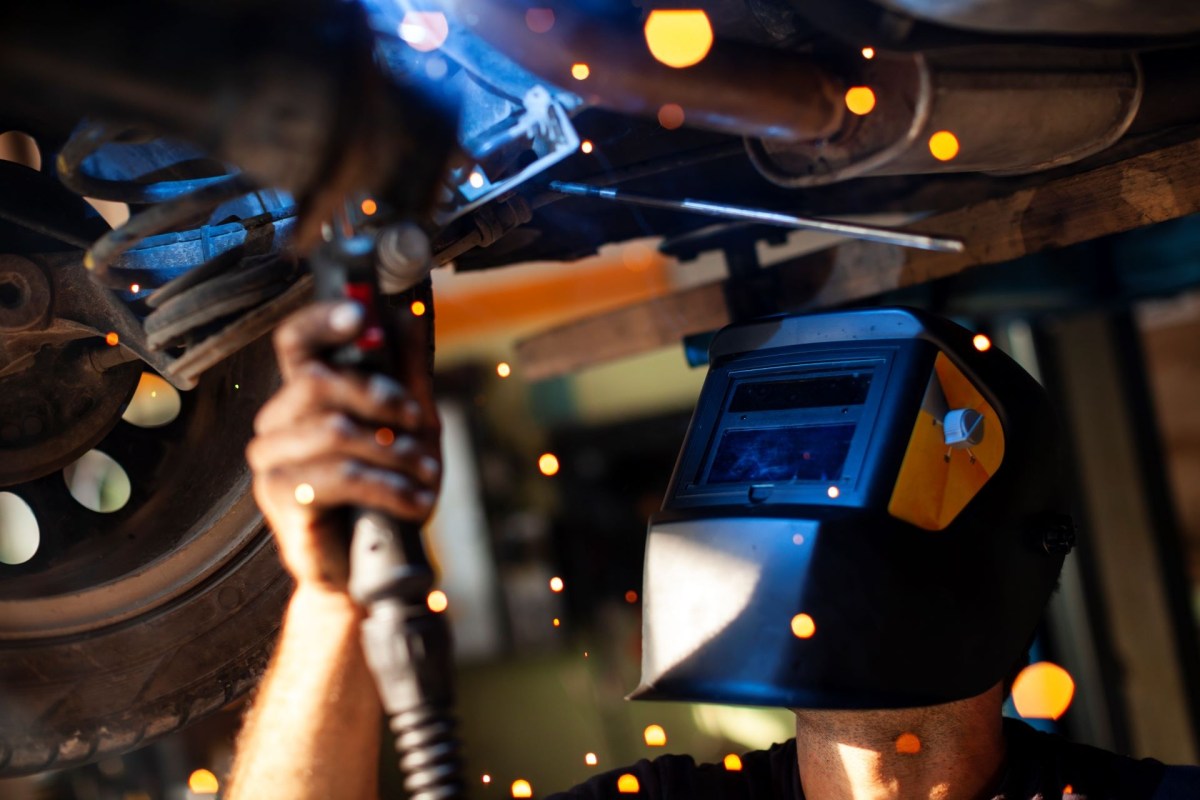This year, Canadian manufacturing company Xaba unveiled Project Arrow, an electric concept car with a completely 3D-printed chassis, CleanTechnica reports.
Until now, cars have been manufactured using specialized machinery that cuts, bends, and welds metal into shape. Because the process uses so many individual, specific machines, manufacturers need huge factories for production.
The capabilities of these machines also limit design possibilities. For example, if a designer wanted to make a component hollow to reduce weight, but a hollow version is harder to make than a solid version, the final car might be manufactured with the heavier solid component to save time and money.
Now, 3D printing offers an alternative. This technology uses materials like plastic, resin, metal, or concrete that start out as a liquid but cool to become solid.
According to Explain That Stuff!, the printer builds this material into a 3D shape by adding flat layers one after another. The shape is controlled by a computer, programmed with a model of the finished product. With the right equipment and materials, this method can print anything from toys to houses.
3D printing is fast, inexpensive, and offers incredible design flexibility, which may translate to savings and better performance for future buyers of 3D-printed cars. Also, manufacturers can make components of wildly different shapes and sizes using the same printer, which means factories can be smaller.
Many auto companies have been trying to break into 3D printing for these reasons, but Xaba is the first to completely 3D print a functioning car chassis (the weight-bearing bottom part of the car's basic frame).
Not only that, but a Xaba representative told CleanTechnica that "the material used and the production process also makes it the first-ever fully sustainable vehicle, from manufacturing to operation." The representative added that the company intends to be completely transparent about where all its parts and materials come from, allowing buyers to make informed choices.
While the Project Arrow car is only a prototype, Automotive News Canada reports that a production model might be created in a few years.
In the meantime, buyers may start seeing Canadian, 3D-printed car parts on the market sooner rather than later.
Join our free newsletter for cool news and actionable info that makes it easy to help yourself while helping the planet.









